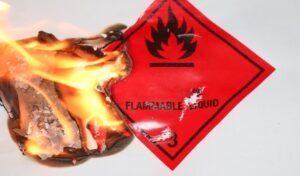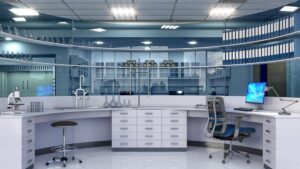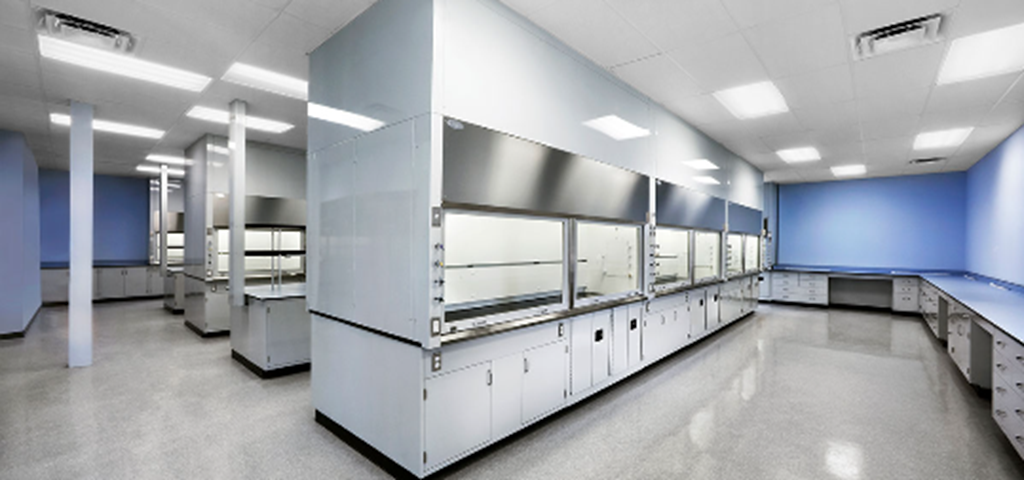
In the realm of laboratory design, the importance of durable and reliable storage solutions cannot be overstated. Laboratories, by their very nature, demand a high level of organization and safety to ensure efficient workflows and the protection of valuable and often hazardous materials.
Among the various storage options available, metal lab cabinets stand out as a superior choice, offering a blend of strength, durability, and versatility that is difficult to match. Steel cabinets are not only built to withstand the rigors of daily laboratory use, but they also provide a secure environment for sensitive and valuable items.
Their robust construction ensures that they remain functional and intact even under the most demanding conditions. Moreover, steel cabinets are designed to resist fire, chemicals, and physical impacts, making them an ideal storage solution in environments where safety and longevity are paramount.
This article delves into the myriad benefits of steel cabinets for laboratory storage, exploring their unparalleled durability, safety features, and cost-effectiveness. We will also examine the customization options available, their environmental benefits, and real-world applications that highlight why steel cabinets are the smart choice for any modern laboratory.
Benefits of Steel Cabinets
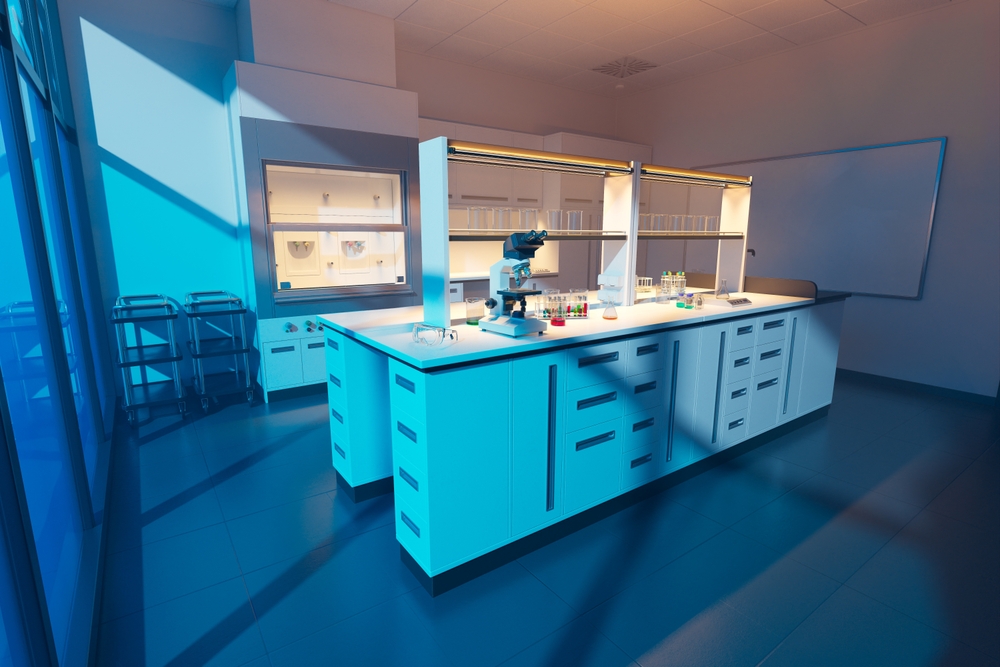
Durability and Strength
When it comes to laboratory storage, durability is a key factor. Steel cabinets are renowned for their robust construction, providing unparalleled strength that can withstand the demands of daily use in a laboratory setting. Unlike cabinets made from other materials, steel cabinets are resistant to wear and tear, impacts, and heavy use.
This makes them an ideal choice for environments where equipment and materials are frequently accessed, moved, and stored. The inherent strength of steel ensures that these cabinets maintain their structural integrity over time, offering a long-lasting storage solution that can endure the rigors of a busy lab.
Safety and Security
Safety is paramount in any laboratory, and steel cabinets excel in this area. One of the most significant advantages of steel cabinets is their fire resistance. In the event of a fire, steel cabinets can protect valuable contents from damage, offering a crucial line of defense against potentially devastating losses.
Additionally, steel cabinets can be equipped with advanced security features, such as reinforced locks and tamper-proof designs, to safeguard sensitive materials and equipment. This enhanced security is particularly important for laboratories handling hazardous or sensitive substances, where the risk of unauthorized access or accidental exposure must be minimized.
Chemical Resistance
Laboratories often deal with a variety of chemicals that can be corrosive or damaging to many materials. Steel cabinets are specifically designed to resist corrosion and chemical damage, making them an ideal choice for storing hazardous materials safely.
The chemical resistance of steel ensures that the cabinets remain intact and functional even in environments where spills and exposure to harsh substances are common. This extends the lifespan of the cabinets and provides a safer storage environment for potentially dangerous chemicals, reducing the risk of accidents and contamination.
By combining unmatched durability, superior safety features, and excellent chemical resistance, steel cabinets offer a comprehensive storage solution that addresses the unique challenges faced by modern laboratories. In the following sections, we will explore additional benefits, including design versatility, cost-effectiveness, and environmental considerations, further establishing why steel cabinets are the smart choice for long-lasting laboratory storage.
Design and Customization
Versatility in Design
Steel cabinets offer exceptional versatility in design, allowing laboratories to tailor their storage solutions to meet specific needs. Whether a lab requires large, freestanding units or compact, wall-mounted cabinets, steel can be fabricated into a variety of sizes, shapes, and configurations.
This adaptability of lab casework ensures that every lab can maximize its storage capacity and maintain an organized workspace, regardless of spatial constraints or unique requirements. From adjustable shelving and specialized compartments to modular designs and mobile cabinets that can be expanded or reconfigured as needs change, steel laboratory casework provides flexible storage solutions that can evolve with the laboratory.
Aesthetic and Professional Appeal

Beyond functionality, the aesthetic appeal of steel laboratory casework should not be overlooked. These cabinets offer a sleek, professional look that can enhance the overall appearance of any laboratory. Available in a range of colors and finishes, steel cabinets can be customized to complement the lab’s existing decor and create a cohesive, visually pleasing environment.
This attention to aesthetic detail is particularly important in laboratories that host visitors, clients, or students, as it contributes to a professional image and demonstrates a commitment to quality and organization. Additionally, the clean, modern look of stainless-steel cabinets can help foster a more efficient and focused work atmosphere.
Steel cabinets also come with a variety of surface treatments that can enhance their appearance and durability. Powder coated metal, for example, not only provides a durable, attractive finish but also adds an extra layer of protection against scratches and corrosion. The powder coat ensures that the cabinets retain their pristine appearance over time, even in demanding laboratory conditions.
By offering both versatility in design and a professional, customizable appearance, steel cabinets provide laboratories with the ability to create storage solutions that are not only highly functional but also visually appealing. In the next sections, we will explore the cost-effectiveness and environmental benefits of steel cabinets, further highlighting their value as a long-term investment for laboratory storage.
Additional Reading: The Pros and Cons of Using Metal Cabinets in Lab Settings
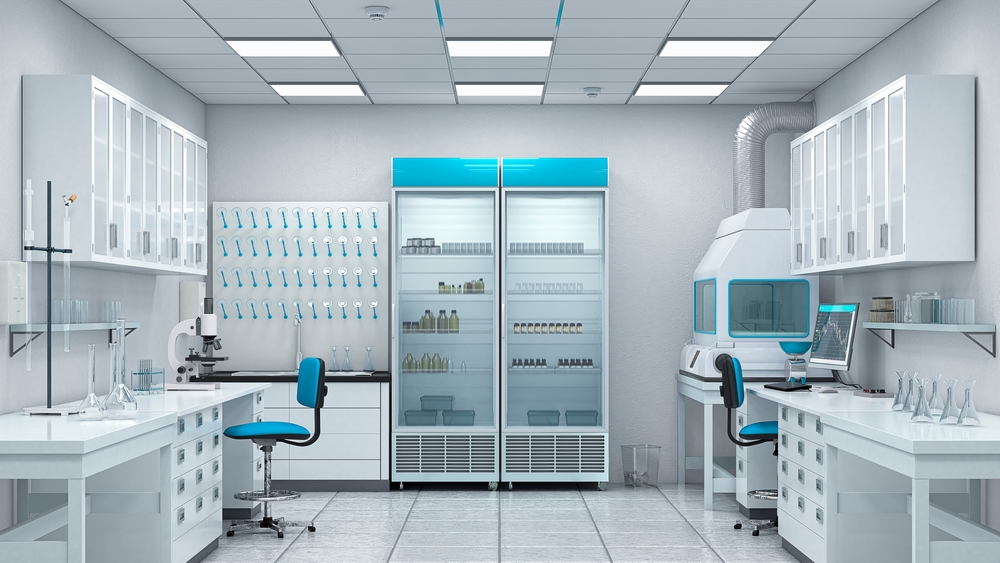
Cost-Effectiveness
Long-Term Investment
While the initial cost of steel cabinets may be higher than that of cabinets made from other materials, their long-term benefits make them a wise investment. Steel cabinets are built to last, offering a level of durability and resilience that translates into significant cost savings over time.
Laboratories equipped with steel cabinets do not face the frequent replacements or repairs that are often necessary with other storage solutions. This longevity ensures that the initial investment pays off as the cabinets continue to perform effectively for many years.
By choosing steel cabinets, laboratories can avoid the recurring expenses associated with less durable storage options, ultimately resulting in lower total cost of ownership.
Low Maintenance
Another factor contributing to the cost-effectiveness of steel cabinets is their low maintenance requirements. Steel cabinets are inherently resistant to many of the common issues that plague other materials, such as warping, cracking, or damage from pests.
Their surfaces are easy to clean and maintain, requiring only minimal effort to keep them in pristine condition. This low maintenance not only saves time and effort for laboratory staff but also reduces the need for costly repairs and upkeep.
In addition to their ease of cleaning, steel cabinets are designed to withstand spills, stains, and exposure to harsh chemicals without degrading. This makes them an ideal choice for laboratories where such incidents are common, even when work surfaces are other materials like epoxy resin, phenolic resin, or plastic laminate.
By maintaining their integrity and appearance with minimal maintenance, steel cabinets help laboratories avoid the costs associated with more frequent cleaning, repair, or replacement of lab cabinets or other storage units made from less durable materials.
Overall, the combination of long-term durability and low maintenance makes steel cabinets a highly cost-effective storage solution for laboratories. In the next sections, we will explore the environmental considerations and real-world applications of steel laboratory cabinets, further demonstrating why they are the smart choice for laboratory storage.
Environmental Considerations

Sustainability of Steel
Laboratory grade steel is one of the most sustainable materials available for laboratory storage solutions. It is highly recyclable, meaning that steel cabinets can be repurposed at the end of their lifecycle, reducing the need for new raw materials and minimizing environmental impact.
The recycling process for steel is energy-efficient and significantly lowers greenhouse gas emissions compared to the production of new steel from raw materials. This recyclability ensures that steel cabinets contribute to a circular economy, where materials are continuously reused and waste is minimized.
Moreover, many manufacturers of steel cabinets are committed to using recycled steel in their production processes. This conserves natural resources and supports the market for recycled materials, promoting further environmental sustainability. By choosing steel cabinets, laboratories can align their storage solutions with broader sustainability goals and reduce their overall environmental footprint.
Contribution to LEED Certification
Steel cabinets can play a crucial role in helping laboratories achieve Leadership in Energy and Environmental Design (LEED) certification, a globally recognized standard for green building. LEED certification requires adherence to a set of criteria aimed at improving environmental performance and human health. The use of sustainable materials, such as steel, can contribute points towards achieving this certification.
For instance, steel’s recyclability and the use of recycled content can help laboratories earn points in the Materials and Resources category of LEED certification. Additionally, the durability and longevity of steel cabinets reduce the need for frequent replacements, contributing to the Building Life-Cycle Impact Reduction credit.
Laboratories that select steel cabinets are not only investing in a durable and cost-effective storage solution but also advancing their sustainability initiatives and enhancing their eligibility for LEED certification.
Example Projects and Case Studies
Several laboratories have successfully integrated steel cabinets into their storage solutions, achieving both environmental and operational benefits. For example, a research facility focused on sustainable practices reported a significant reduction in their environmental footprint after replacing their old wooden cabinets with steel ones. The switch improved their storage efficiency and supported their goal of achieving LEED Gold certification.
Another case study involves a university laboratory that chose steel cabinets as part of their renovation project. By selecting cabinets made from recycled steel and ensuring their recyclability at the end of their use, the laboratory aligned with the university’s broader sustainability strategy. This decision enhanced the lab’s storage capabilities and demonstrated a commitment to environmental stewardship.
By highlighting the sustainability and environmental benefits of steel cabinets, laboratories can make informed decisions that support both their operational needs and their commitment to environmental responsibility.
Related reading: The Intersection of Metalwork and Science in Laboratory Furniture

Industry Standards and Compliance
Steel cabinets are renowned for their adherence to stringent industry standards and regulations, ensuring they meet the requirements for safe and efficient laboratory operations. Key standards and regulations include:
- ANSI/BIFMA Standards
Steel cabinets often comply with ANSI and BIFMA standards, ensuring they possess the strength, durability, and safety required for laboratory use. These standards cover load-bearing capacity, stability, and environmental resistance, guaranteeing reliable performance. - SEFA Standards
The Scientific Equipment and Furniture Association (SEFA) provides guidelines for lab furniture. SEFA-compliant steel cabinets are rigorously tested for chemical resistance, durability, and structural integrity, making them ideal for demanding laboratory environments. - OSHA Regulations
Steel cabinets help laboratories meet OSHA requirements for the safe storage of hazardous materials. Designed to comply with OSHA standards, these cabinets provide secure storage for flammable and combustible liquids, ensuring worker safety and regulatory compliance. - Fire Safety Standards
Compliant with fire safety standards set by organizations like the National Fire Protection Association (NFPA), metal cabinets, both stainless-steel casework and painted steel casework, offer enhanced protection for valuable and hazardous materials. Features such as fire-resistant construction, proper ventilation, and secure locking mechanisms reduce fire-related risks. - Environmental and Sustainability Certifications
Many metal laboratory casework also meets environmental and sustainability certifications, such as GREENGUARD and Environmental Product Declarations (EPDs). These certifications assess the environmental impact and indoor air quality of the cabinets, aligning with laboratories’ sustainability goals and supporting green building certifications like LEED.
By adhering to these industry standards and regulations, steel cabinets ensure a reliable, safe, and sustainable storage solution for laboratories, protecting personnel and materials while maintaining high safety and quality standards.
Additional Reading: Lab Counters: Selecting the Best Materials and Design for Your Workspace
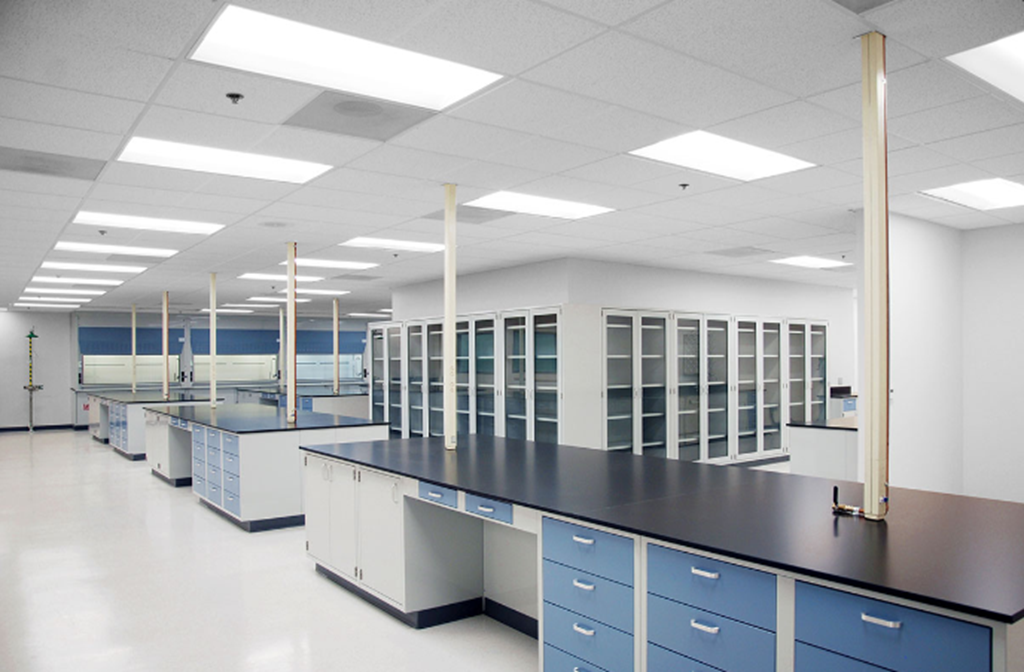
Conclusion
Steel laboratory cabinets emerge as the optimal choice for laboratory storage, offering a blend of durability, safety, and sustainability that surpasses other options. Their robust construction ensures long-term reliability, resisting wear, impacts, and chemical exposure while providing secure storage for valuable and hazardous materials.
Genie Scientific’s steel laboratory cabinets and fume hoods meet stringent industry standards and regulatory requirements and contribute to environmental sustainability through their recyclability and energy-efficient manufacturing processes.
Discover how steel cabinets can elevate your laboratory’s storage efficiency and safety. Contact us today to explore our range of customizable steel cabinets and start optimizing your laboratory space for long-lasting performance and peace of mind.



